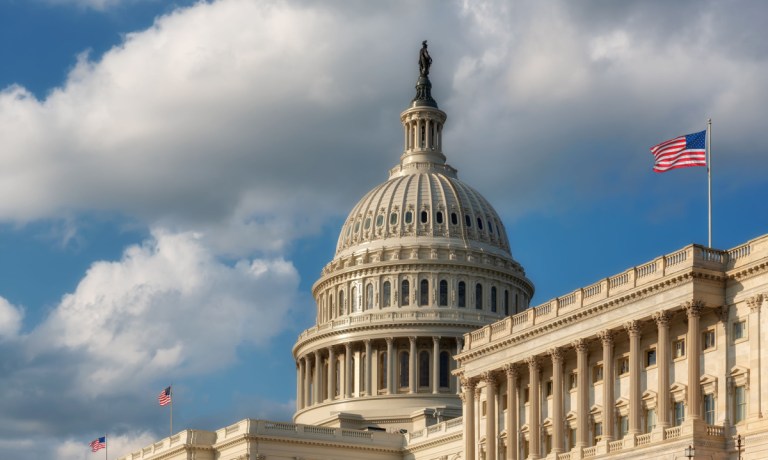
A half dozen regulators convened on Capitol Hill Tuesday (Dec. 5), pointing to the benefits of collaboration between government, the private sector and the public to gauge and address the risks and rewards of financial innovation.
And though the hearing before the Digital Assets, Financial Technology and Inclusion Subcommittee wasn’t necessarily focused on artificial intelligence, AI came up several times as an example of the novel ways in which advanced technologies can change financial services — and perhaps do so with unintended consequences.
The hearing, titled “Fostering Financial Innovation: How Agencies Can Leverage Technology to Shape the Future of Financial Services” spotlighted a bit of the push and pull of the pursuit of innovation and just how much oversight is needed.
During the question-and-answer session with the representatives of agencies as far-flung as the Office of the Comptroller of the Currency and the Federal Reserve, Ranking Member Stephen Lynch (D-Mass.) noted that traditionally there’s been a “rules-based system” prevalent in finance, and yet as technologies have emerged in the past few years, there’s been a competing mindset in place, tied to the old Facebook mantra, to “move fast and break things.”
As Lynch added, “This is playing out in the FinTech world,” and thus there is a need to balance the two competing cultural mindsets.
Separately, in his opening remarks, Chairman French Hill (R-Ark.) stated that digital assets, AI and even quantum computing are among the key topics of discussion about innovation. And though Financial tech is hardly new (credit cards date back decades), regulatory agencies, he said, can stop innovation “dead in its tracks.”
In her testimony before the subcommittee, Valerie A. Szczepanik, director at the Office of the Strategic Hub for Innovation and Financial Technology (FinHub) at the U.S. Securities and Exchange Commission, noted that “as evidenced through recent developments in emerging technologies, the skillset regulators need becomes increasingly multi-disciplinary,” and added that the FinHub staff meets with, and participates in, ongoing initiatives tied to the Financial Stability Board, and the Financial Action Task Force among others.
Michael S. Gibson, director of supervision and regulation for the Board of Governors of the Federal Reserve System, added during his own remarks that a multi-agency approach to regulation and monitoring of innovations is a valuable one. And, as pointed out in his prepared testimony, with a nod to AI, that technology can be used “for a variety of applications, such as fraud monitoring and customer service. While the technology offers several benefits, it also poses risks, including data challenges, explain ability, bias, cybersecurity and consumer protection. Given these risks, it is important that banks using AI are doing so in a safe, sound, and compliant manner. Federal Reserve staff continues to work closely with the other federal bank regulatory agencies to track and learn more about emerging practices regarding banks’ use of AI and related risk management.
Donna Murphy, OCC’s acting deputy comptroller for the Office of Financial Technology, said that when used “appropriately,” AI has the potential to strengthen the financial and consumer protections, but cautioned on the risks of faulty data and poorly designed models. Her testimony also took note of the fact that “the financial industry’s attention in the digital asset space is shifting from crypto-assets to the tokenization of real-world assets and liabilities.” The OCC is slated to host a February 2024 symposium on tokenization to explore the legal foundations of tokenizing real-world assets. Separately, she noted that open banking has implications for FIs and other firms, including liquidity risk from increased account portability.